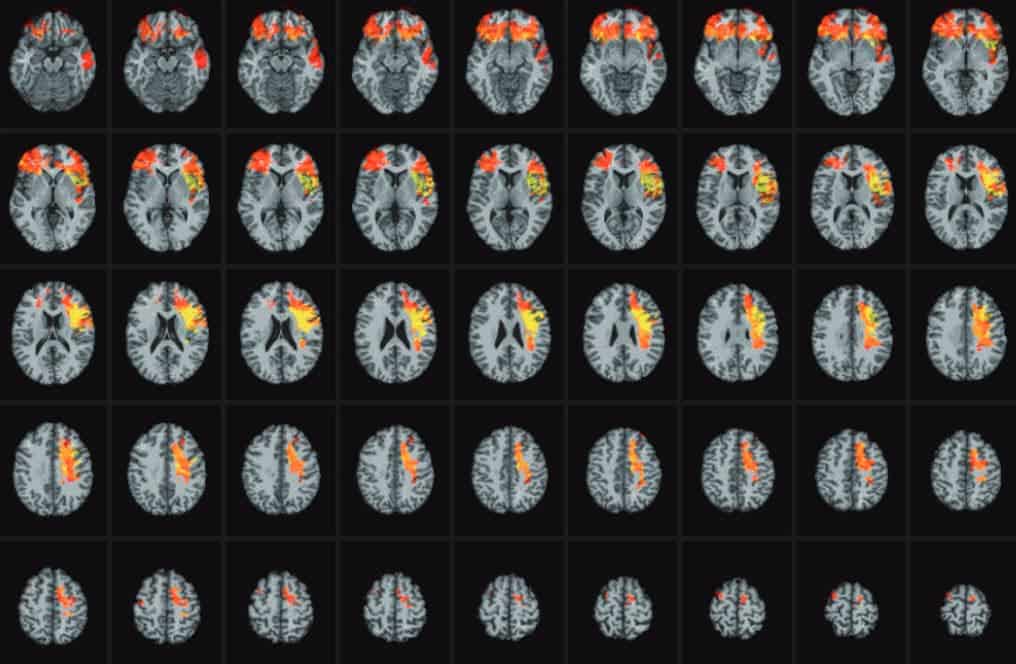After studying brain trauma in war veterans, scientists found that damage to key regions of the brain involved in social functioning led also affected general and emotional intelligence. The findings suggest that general intelligence – an underlying metric that influences all cognitive tasks – emerges from the social and emotional context of our lives.
“We are trying to understand the nature of general intelligence and to what extent our intellectual abilities are grounded in social cognitive abilities,” said Aron Barbey, a University of Illinois professor of neuroscience, psychology, and speech and hearing science.
Previously, social psychology studies found that general cognitive abilities may originate from our everyday social context. Since birth to adulthood, we are constantly involved in social interactions, be it with family or peers. Thus, there’s this idea that suggests that our ability to navigate the social world and establish relationships is actually primary to general intelligence development, and not the other way around.
[ALSO READ] How brain damage affects moral judgement
The social brain
The researchers studied 144 Vietnam war veterans whose brains had been penetrated by shrapnel or bullets, damaging distinct regions of the brain, but leaving neighboring regions intact. CT scans for each veteran were performed, then each damaged brain region was mapped out, as well as the brain network. Then, each veteran was surveyed using an extensive and complex set of questionnaires to assess their ability to a navigate intellectual, emotional or social realms.

Brain mapping of leisure suffering subjects. Image; Aron K. Barbey et al./BRAIN
Coupled with previous findings, the researchers write that the frontal cortex (at the front of the brain), the parietal cortex (further back near the top of the head) and the temporal lobes (on the sides of the head behind the ears) are all implicated in social problem solving.
“The evidence suggests that there’s an integrated information-processing architecture in the brain, that social problem solving depends upon mechanisms that are engaged for general intelligence and emotional intelligence,” Barbey said. “This is consistent with the idea that intelligence depends to a large extent on social and emotional abilities, and we should think about intelligence in an integrated fashion rather than making a clear distinction between cognition and emotion and social processing.”
The finding add further depth to the notion that we, as wholly social beings, have a brain architecture that is fundamentally social. Most of our day to day brain efforts are directed to solving social problems: interacting with friends and family, resolving conflicts and so on. Findings were published in the journal Brain.









